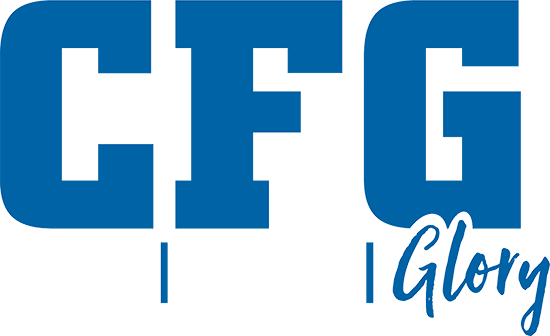If you’ve taken a moment to thumb through the newly minted ‘Open Gym Manual’ that sits on one of the coffee tables, you’ve seen the section titled “Aerobic Capacity Focus Work.” This post is my not-so-short explanation of why you should take part in that work.
First, the ‘what:’
The oxidative energy system, more commonly known as your aerobic system, is your body’s primary source of energy at rest and during low intensity exercise. Fats and carbs are the main fuel sources used…who doesn’t love to hear that FAT is being burned! (Note: all energy systems are at work all of the time, but for the purposes of this post we will keep them separate.)
Now, the ‘why:’
I’m a big believer that understanding ‘why’ something works helps to fortify your belief in that something. If someone tells you simply, “Go do CrossFit,” but doesn’t tell you why you should do it, it stands to reason that you probably won’t go do it. If instead they said, “I lost 50lb and am in the best shape of my life thanks to CrossFit,” I’d be willing to bet you’d give it a shot. With that said, here are the main benefits to understanding why you should care about having a more fully developed aerobic system.
1. Intra-workout recovery: your ability to recover between movements during a workout becomes easier and more efficient. Want to stop sucking wind throughout a 15min AMRAP? Do more aerobic work.
2. Inter-workout recovery: your ability to recover between training sessions; this could be same day recovery if you have multiple training sessions to complete, the day of a competition, or simply from one day to the next. The last point probably applies to the majority of folks reading this.
3. Pacing and breath control: as CFers, we’re used to “going hard”; aerobic work will teach you how to conserve your energy for long duration efforts.
4. Getting rid of soreness and feeling good all the time: if your knees (or really any joint) are chronically sore and you always feel “beat up”, then doing this work will alleviate those symptoms. Special note: if your diet sucks, this won’t work. I feel like I’ve written about that before…?
5. Health and Longevity: this is going to come as a shocker to most everyone, but it actually doesn’t do your body much long-term good to be lying in a pool of sweat after every single workout because you are so darn exhausted. Yes, high intensity training is massively effective for getting results. But you need balance. The reality is that you cannot go 100% every day and expect your body not to break down. We intentionally program heavier, more strength oriented days, for this reason. We intentionally program longer duration, lower volume days for this reason. Believe me, I get it – feeling spent and exhausted is how most folks assess whether they “got a good workout” or not. You might not like it, you might even feel ‘cheated’, but we care about your LONG-TERM health and wellness. If you only look forward to getting the crap kicked out of yourself during your workouts, you better also look forward to being injured.
So what does well thought out aerobic work look like? Well first its made up of some (or all) of the below elements:
- Cyclical – rowing, biking (air dyne or assault bike works well here), ski-erg
- Low reps
- Multiple modalities – this helps ensure overall volume is kept low
- Low CNS demand – this is not the time to improve technique or try new skills
- No eccentric loading – bodyweight is ok, but nothing loaded like a deadlift or TNG olympic lifts
- Good time for holds, grip work, stability exercises, and mobility circuits – waiter’s walks, farmer carries, etc
- Motor Control – thing ‘movement quality’ here – perfect air squats, presses, etc.
Here are two examples from our Open Gym manual of Aerobic Capacity:
Workout #1:
Row a 5k – every 500m, get off for 20 sec FLR on rings (ring plank) and 10 air squats
Workout #2:
55 min mixed piece:
3 min row
6 ring pushups
200m very slow jog
3 min AirDyne
7 Russian KB Swing
25 sec side bridge/side
As you can see, its nothing fancy. Probably even “looks easy” for folks that are used to only going hard. That’s missing the point.
So how hard should you be going?
In a nutshell, this should all be done at a conversational pace. You should be able to speak comfortably at all times. You are not trying to set a world record time or be exhausted after it. Focus on your breathing, your technique, and try to keep the same pace from start to finish.
A big fault that we see when first prescribing pieces like this is the rowing (or AirDyne) pace will fall off by a second or two each time you go back to it, and if you try to maintain too quick a pace it’ll quickly become a self-defeating workout, going against the intended stimulus.
Over the course of weeks/months/years, you’ll notice that you can sustain steady increases in your rowing/AD as you get more and more accustomed to it. If it feels painfully slow starting out, then you know you’re on the right track!
So how do you get started? Flip open the Open Gym manual to the Aerobic Capacity section and tackle the workouts there!
I hope you learned a little something and start adding this into your normal training regimen. Let me know if you have any questions!

